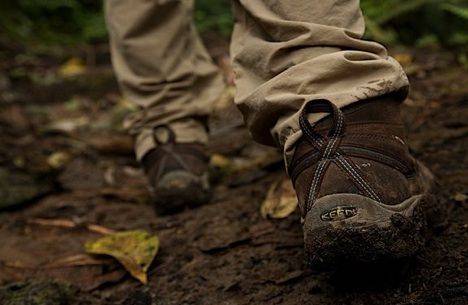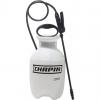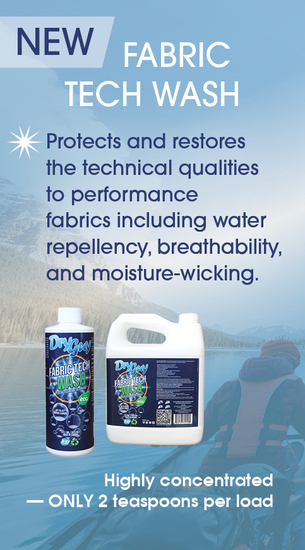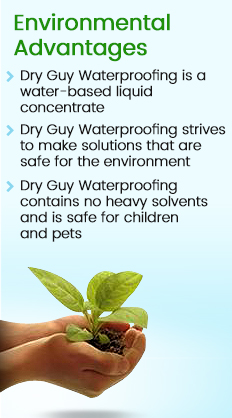Best way to regularly clean your hiking and running shoes
If your footwear becomes damp and covered with mud, clean them immediately after use, do not leave them dirty to dry. Natural chemicals such as acids and alkalis which are found in different soils and dirt can work their way into the material and start to slowly decay and rot them thus weakening the overall strength of the
Ignoring cleaning breaks down your boots in a couple of ways:
Every time your boots flex, particles of dirt, grit or sand creep deeper into their leather and fabric, grinding away like sandpaper.
Mud sucks moisture from leather as it dries, leaving your boots’ leather less pliable and speeding up its aging process. This also prevents damage to any waterproof linings and membranes that may be inside.
The most effective way to clean your footwear is to immediately rinse them under clean tap water with a soft bristled brush. If possible, remove the insole inside the shoe and let them dry naturally. Do not under any circumstances put them in a clothes dryer, on top of a heater, near an open flame, or leave in direct hot sunlight.
Removing stains from hiking and running shoes
Generally a mild dishwashing detergent can remove most stains. For oil, grease, ink, sap or gum, 100% acetone or isopropyl alcohol will work best as a spot cleaner and can safely remove stains from many fabrics and leather that aren’t affected by soap or detergent.
To remove stubborn stains, moisten a cotton cloth with a few drops of 100% acetone or isopropyl alcohol. First test the alcohol on an inconspicuous part of the boot and allow it to dry. If there isn’t any discoloration, repeat and rub the stain, but do not saturate the fabric. Allow it to dry. Using a toothbrush or light bristled brush, clean the stain with a drop of dishwashing detergent and scrub until the stain disappears. Rinse the boot in warm water and damp dry with a clean towel. Fully let dry naturally!
To remove stubborn stains, moisten a cotton cloth with a few drops of 100% acetone or isopropyl alcohol. First test the alcohol on an inconspicuous part of the boot and allow it to dry. If there isn’t any discoloration, repeat and rub the stain, but do not saturate the fabric. Allow it to dry. Using a toothbrush or light bristled brush, clean the stain with a drop of dishwashing detergent and scrub until the stain disappears. Rinse the boot in warm water and damp dry with a clean towel. Fully let dry naturally!
Reapplying waterproof finishes on hiking boots and shoes
 Most waterproof breathable materials are treated with a water repellent finish, which keeps the outer material from becoming saturated with water so the breathable barrier can do its job. This coating needs to be reapplied every so often. A simple water drop test can be performed to see if the boot should be re-coated. If water no longer beads up on the outside of the boot, it’s time for another surface treatment. There are several spray products on the market that can restore water repellency. Whichever you choose, be sure to follow the manufacturer’s instructions. Before these treatments can be applied and effectively work, the footwear should be clean and dry.
Most waterproof breathable materials are treated with a water repellent finish, which keeps the outer material from becoming saturated with water so the breathable barrier can do its job. This coating needs to be reapplied every so often. A simple water drop test can be performed to see if the boot should be re-coated. If water no longer beads up on the outside of the boot, it’s time for another surface treatment. There are several spray products on the market that can restore water repellency. Whichever you choose, be sure to follow the manufacturer’s instructions. Before these treatments can be applied and effectively work, the footwear should be clean and dry.




















Comments